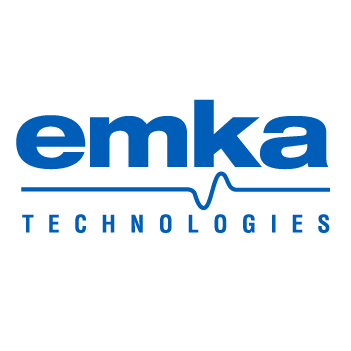Non-invasive plethysmography techniques such as whole body plethysmography (WBP), double chamber plethysmography (DCP), or head-out plethysmography (HOP) can be used in exploratory toxicology studies to asses the toxicity risk of a candidate drug in conscious animals. This technique provides essential physiological information related to changes in respiratory function measurements such as tidal volume (Vt), respiratory rate (RR) and minute ventilation (MV).
Airway obstruction is one of the leading respiratory difficulties encountered during clinical trials of a drug candidate and although these techniques provide the advantage of assessment of respiratory function measurements, independent of anaesthetic side effects, the drawback is that these techniques do not provide information related to lung mechanics such as airway resistance.
